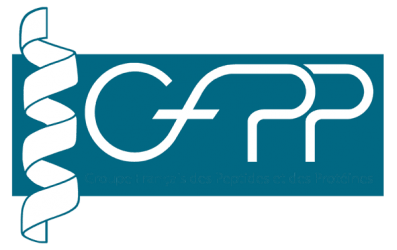A histidine-containing coiled-coil peptide was modified to create a cysteine-containing scaffold (CX3C) designed to bind heavy metal ions, and a peptide named CX2C was generated to contain a binding site more commonly found in natural proteins. Using a combination of analytical techniques, it was shown that subtle changes in the primary structure of a peptide can have considerable implications for metal binding.
One third of all structurally characterised proteins contain a metal; however, the interplay between metal-binding and peptide/protein folding has yet to be fully elucidated. To better understand how metal binding affects peptide folding, a range of metals should be studied within a specific scaffold. To this end, we modified a histidine-containing coiled-coil peptide to create a cysteine-containing scaffold, named CX3C, which was designed to bind heavy metal ions. In addition, we generated a peptide named CX2C, which contains a binding site more commonly found in natural proteins. Using a combination of analytical techniques including circular dichroism (CD) spectroscopy, UV–Vis spectroscopy and size-exclusion chromatography coupled to multi-angle light scattering (SEC-MALS), we examined the differences in the metal-binding properties of the two peptides. Both peptides are largely unfolded in the apo state due to the disruption of the hydrophobic core by inclusion of the polar cysteine residues. However, this unfolding is overcome by the addition of Cd(II), Pb(II) and Hg(II), and helical assemblies are formed. Both peptides have differing affinities for these metal ions, a fact likely attributed to the differing sizes of the ions. We also show that the oligomerisation state of the peptide complexes and the coordination geometries of the metal ions differ between the two peptide scaffolds. These findings highlight that subtle changes in the primary structure of a peptide can have considerable implications for metal binding.


